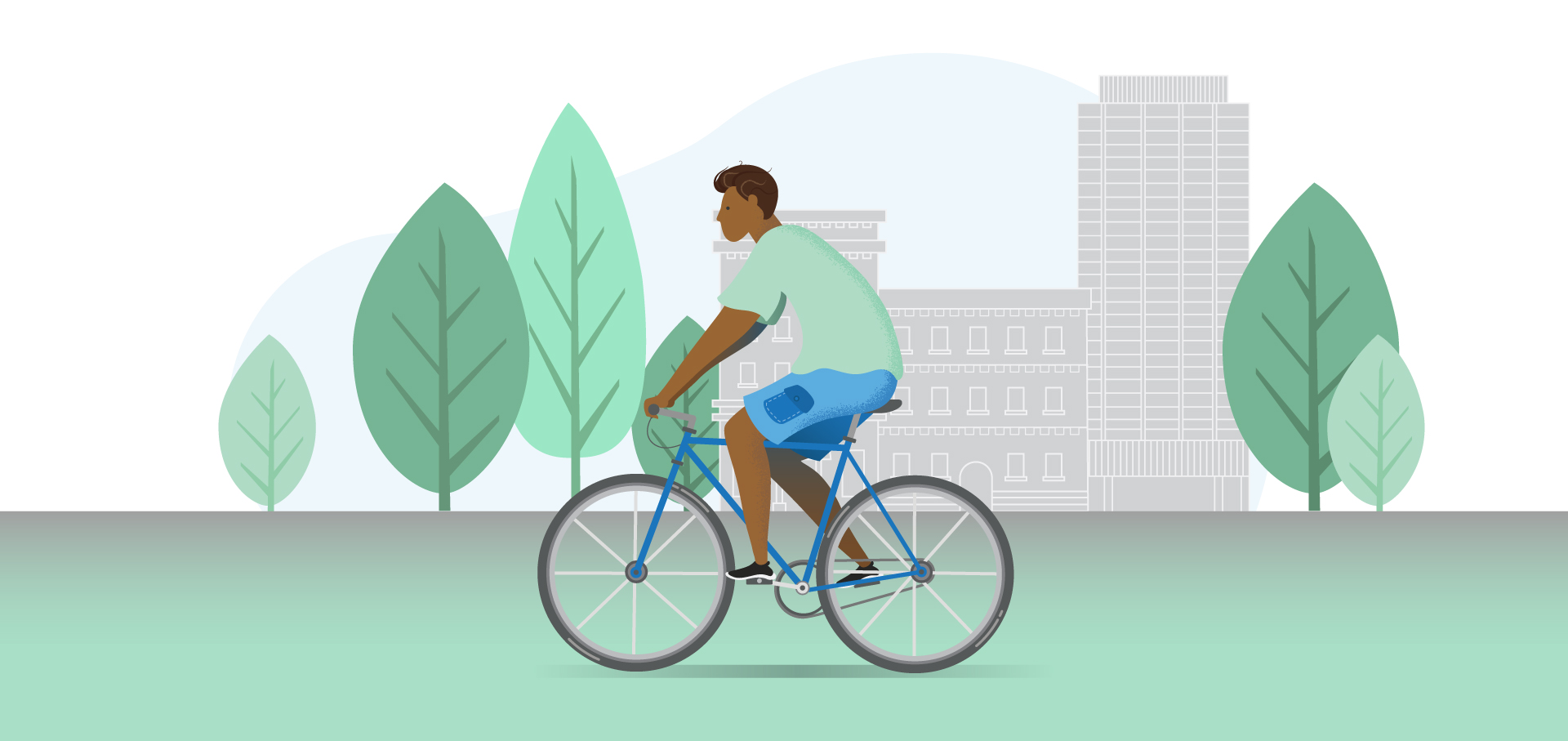Article written by Matt Pinder. Retrieved from Hamilton Spectator April 2016.
“Freeloader!” the driver yells out his window as he blows past the cyclist. After paying thousands of dollars a year in license fees, parking fees, and gas taxes for the right to drive, he wonders: “how is it fair that some urban hipster can hop on a bike and use the same roads for free?”.
The driver makes a valid point – everyone should be expected to pay their fair share when it comes to road costs, including cyclists. It’s no wonder that he quickly comes to the conclusion that the cyclist isn’t paying her fair share. But is it true?
First of all, how much do roads cost? Every year, the City of Hamilton spends money to maintain its existing roads, and more money to expand and build new ones. The former is covered with the operating budget, and the latter with a capital budget. And roads are not cheap – in 2016, Hamilton will spend $60 million to maintain its road network, and another $91 million to expand its road network – that’s nearly $293 a year for every man, woman, and child in Hamilton!
The City will also spend money to expand its bike infrastructure this year: about $0.8 million. Comparatively, that’s less than 0.9% of the total road expansion spending; about $1.55 per person. All else being equal, is this cost allocation fair? According to Statistics Canada, in 2011 there were about 2,500 Hamiltonians who commuted by bicycle every day, or about 0.7% of the city’s workforce. That means that about 0.9% of the capital budget goes directly to the 0.7% of Hamiltonians who commute by bike. On this basis, it would seem that cyclists get about their fair share of new project spending.
But what about road user fees – those are supposed to pay for the roads right? True – the City gets revenue every year from parking fees, speeding tickets and other driving fines to help cover its operating costs. Unfortunately, these only bring in about $16 million per year, or a quarter of the maintenance cost of the roads. The rest of the cost for road maintenance comes from the general city budget, which is paid by everyone. The same goes for capital costs – the city gets about $32 million each year from the Federal Gas Tax, a direct cost paid exclusively by drivers. Again though, this falls short, covering just over a third of the total roads capital budget. So while drivers do contribute directly to the cost of maintaining and building roads, the majority is still paid by everyone, including cyclists. For every $100 in road spending, $31 is paid directly by drivers and the remaining $69 is paid by everyone, regardless of how they use the roads.
How people use the roads is important too. According to the Ministry of Transportation, the load (and therefore the damage) a vehicle imposes on a road follows the “fourth-power law” – in simple terms, a vehicle weighing twice as much per axle will do 16 times more damage. Considering that an average car weighs about 20 times more than a bicycle and rider, it’s fair to say that bikes don’t contribute to the deterioration of roads. So, even though a cyclist pays for road maintenance costs, she doesn’t actually contribute at all to the damage done to these roads.
Any financially-conscious organization should also be concerned about the value of investments, so what about value-for-money of cycling versus road projects? This year, the City will widen one kilometre of Rymal Road between Garth and Upper Paradise from two lanes to five, plus a multi-use trail parallel to the roadway. The multi-use trail will cost $330,000 to build while the road itself will cost $4.5 million – more than 13 times as much per kilometre! Clearly cycling infrastructure is also significantly cheaper to build than car infrastructure.
Let’s recap. Drivers have to pay directly to use Hamilton’s roads through parking fees, tickets, and the gas tax, but that only makes up a third of the cost of building and maintaining Hamilton’s road network – the rest is paid for by everyone, a bill to the tune of $100 million a year for Hamilton taxpayers. Nearly all of the roads budget is then allocated to car-specific projects; less than $1 of every $100 spent on roads is allocated to cycling projects. Meanwhile, when cyclists use the roads they don’t actually impose any maintenance costs because they’re so lightweight – it would take 10,000 cyclists to do as much damage to a roadway as a single car does in passing. Finally, cycling-specific projects cost a fraction of what general road projects cost – you could build 13 kilometres of multi-use trail for the same cost of widening one kilometre of roadway.
Just like everyone else in Hamilton, cyclists pay taxes, including the general property taxes that fund the majority of the roads. But for everything cyclists contribute, they actually get very little in return from the city. Drivers, on the other hand, pay more in user fees but also reap more than their fair share of the benefits, siphoning off money from the City’s general tax revenues to fund infrastructure designed exclusively for the benefit of drivers.
As these truths come to light, a new question emerges: when will we as a city choose to stop subsidizing driving?

